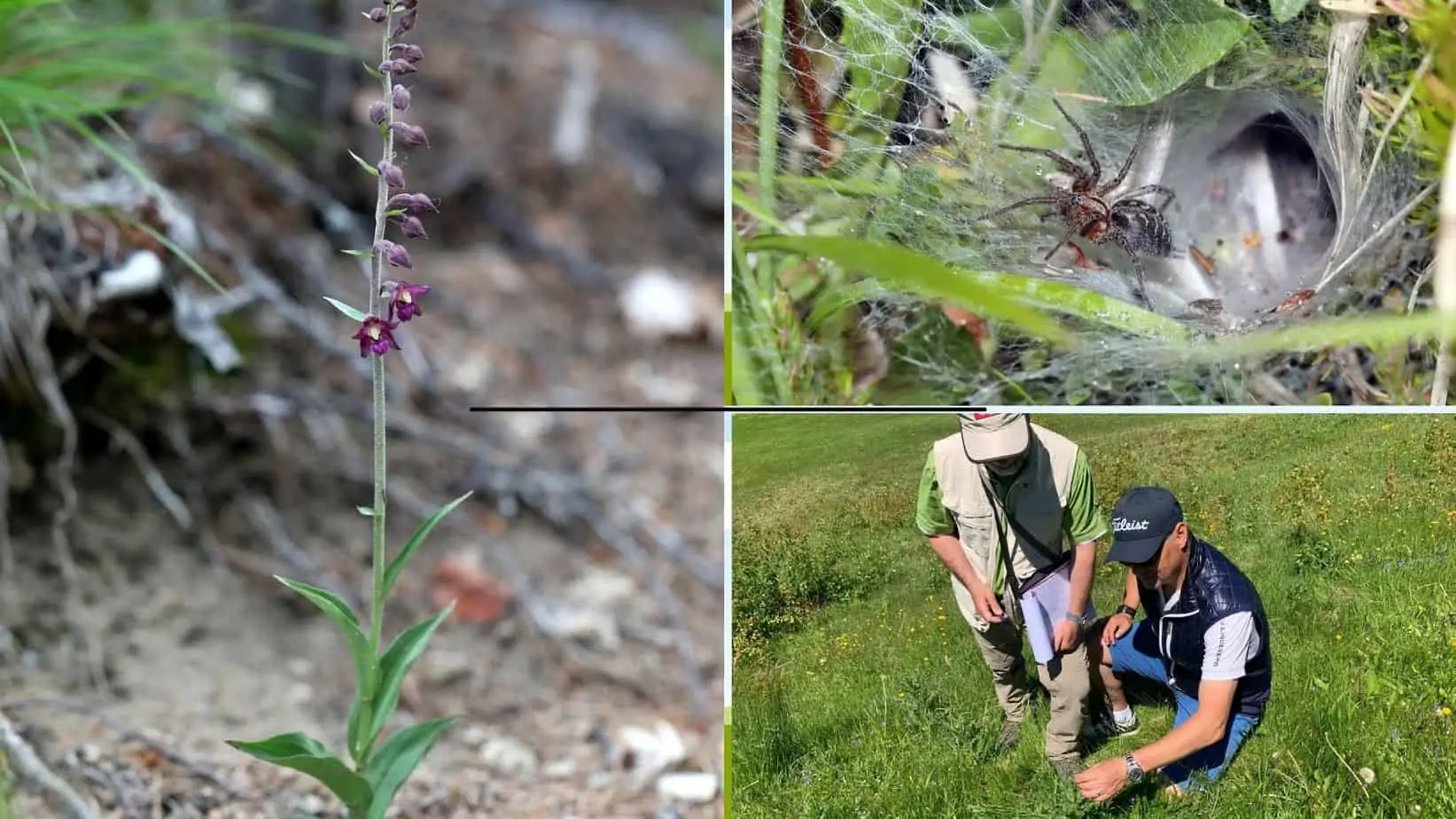“This is a milestone” – Jakob Moncher, groundskeeper of the GC Seefeld Wildmoos in the Austrian Tyrol , speaks of the project “Promote and experience biodiversity.” Club President Andrea Hoch-Sarnthein explains its goal as follows: “Around 50 hectares of our golf course area are not used and form a valuable habitat for endangered animal and plant species.” The special thing about it: The GC Seefeld-Wildmoos managed to completely finance the project with subsidies and sponsorship money.
Sponsors discover the topic of species protection
“The doors were open to me,” sums up Moncher, who was responsible for marketing the project last year. “Especially at a time when door-to-door sales are difficult, this topic had an absolutely positive connotation.” So positive that the Tyrolean state government promised five-digit funds.
In addition, the club has launched the gold and silver sponsorship packages for 1800 and 900 euros, in the context of which sponsors can get involved in the biodiversity project. Here, too, numerous donors were quickly found. The idea of marketing biodiversity projects to sponsors is not only new in Austria, but was obviously well received.
Combine economy, ecology and social issues in golf
For GC Seefeld-Wildmoos with almost 700 members and around 6000 guests a year as greenfee players, this means above all the opportunity to be able to implement the planned changes on the course. Economy, ecology and social issues should be pursued in harmony with one another in the long term. Since 2020, the golf course, which is at an altitude of 1180 meters and is used as a cross-country ski run in winter, has switched to pesticide-free maintenance. The sprinkler system is optimized in order to be able to water the individual areas of the pitch as required. Robust, low-water Festuca grasses are increasingly being used. Alexander Höfinger from Höfinger Solutions, who took on the advice here, is well aware of the problems associated with this sustainable approach: “Who cares completely without pesticides also has to accept a loss of quality from time to time. It is therefore crucial that the system communicates here right from the start.”
The decision to switch from short-term action and reaction to long-term ecological care with a sustainable character was made consciously in the golf club and is now gradually being applied to all areas of the facility: the new cart paths are permeable to air and water, not sealing the ground. A new reservoir will have a near-natural bank design in the future, and mechanical care will be given more weight. Mushrooms, bacteria and nematodes ensure the necessary balance in the soil. In addition, a botanical survey was carried out on the golf course in 2021, which alone documented 35 Red List species.
Green Deal of the Olympic Region Seefeld
With its project, the golf club fits into the so-called Green Deal of the Seefeld region, which developed with the beginning of the corona pandemic. “The Seefeld region has always been characterized in summer and winter by the fact that the focus is on experiencing nature,” explains Franz Straubinger, who is responsible for the sustainability project. Since the decision for sustainable tourism, the town has created 3000 m² of new flowering areas, electrified the entire car fleet in the municipal area, switched to organic ink and recycled paper in the offices and installed photovoltaics in the depot.
Mobility is the most difficult topic
The topic of mobility, which is also an issue for golf guests in particular, remains the most difficult point: “It’s a big chunk that you have to cope with,” sums up Straubinger, who also points out that Seefeld is connected to an ICE route . “In addition, we will now massively focus on local public transport in our advertising.”
The efforts of the golf course to switch to pesticide-free care, to conserve resources and to further support biodiversity therefore ideally complement the concept of the Seefeld tourist region. “We are a sparsely populated region. The Karwendel Nature Park shapes us. This is also reflected in the tourism concept,” summarizes Straubinger. Jakob Moncher from GC Seefeld-Wildmoos sees it the same way: “If you make use of nature, as we do with golf, then you also have a certain obligation. We are trying to outline a way for golfers and the environment to exist in symbiosis.”







